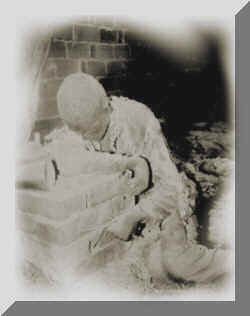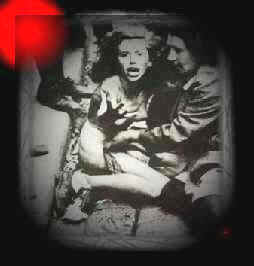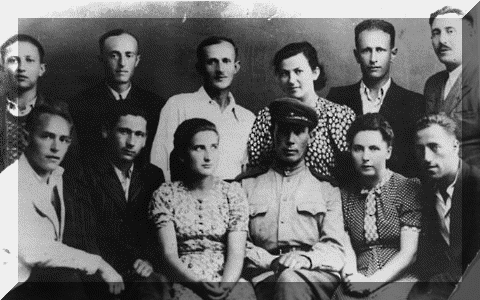|
 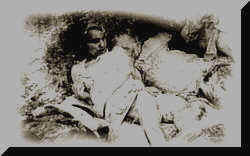
|
|
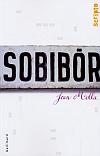
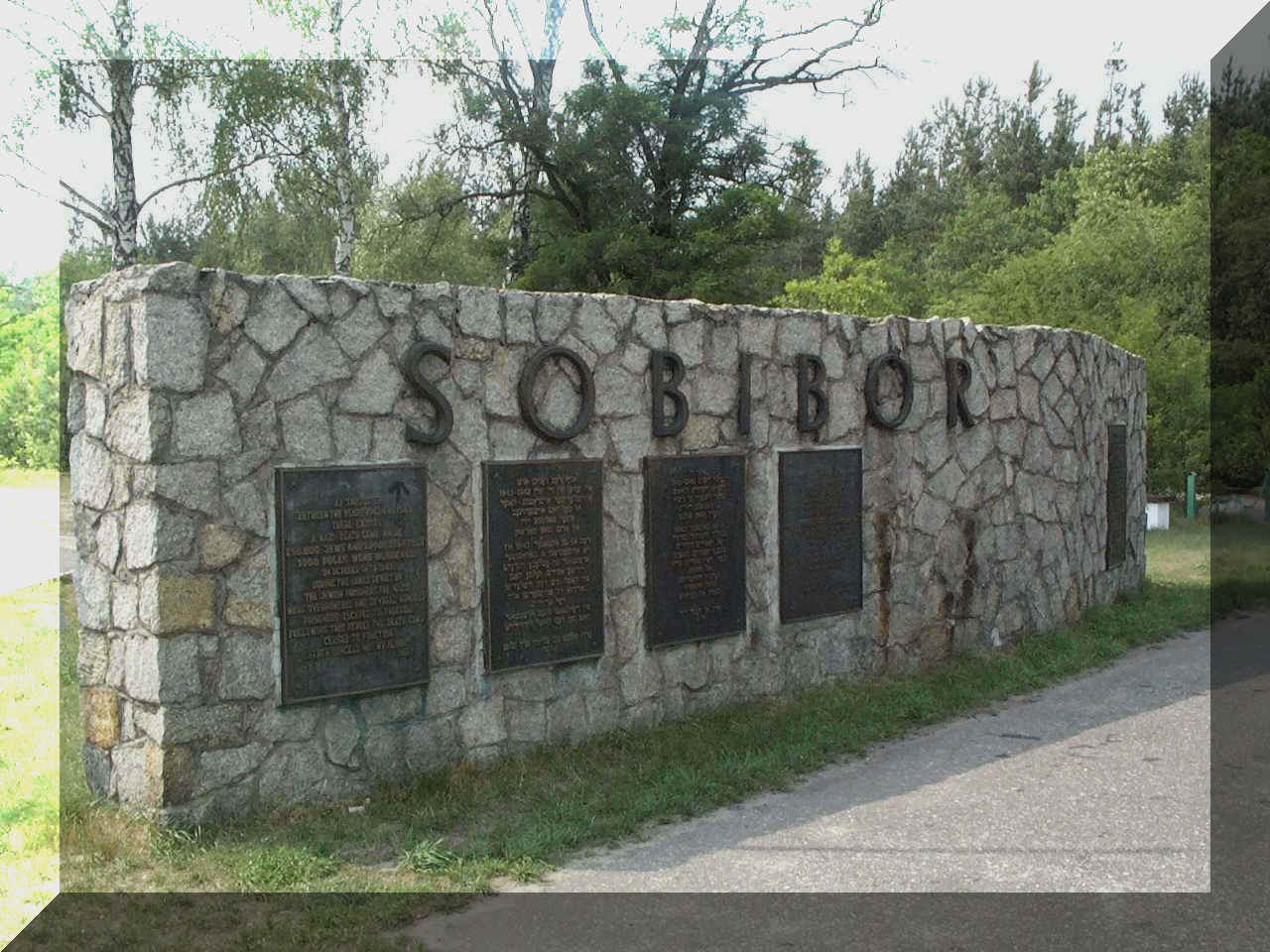 |
|
| Millions of Jews that were taken from their homes and
ghettos or/and transit camps hadn't known they were being sent to
extermination camp/death camps or they didn't know that fate was
being brought to them. Jews were often being
accused/blamed for going to their own death during the genocide like
the'' sheep to the slaughter''. It wasn't just true it was
real. |
|
| Sobibor had burial trenches, each about 50 to 60
meters long, and about 10 to15 meters wide, and 5 to7 meters
deep. 250 Jews mostly women from Sobibor, had been killed. |
|
Sobibor was one of the Nazis' best kept secrets.
Sobibor was only open for 18 months ,and about 260,000 men, women, and
children were killed. At least 350 Jews survived the camp.
Sobibor was kept a secret because, there would be times when they let some
Jews be in charge of the other Jews. The Jews that were in charge
were called Kapos and they beat the Jews with whips. The Kapos would
sometimes impersonate the SS men. Sobibor was one of three death
camps that were part of the Aktion Reinhard plan. The construction
of Sobibor had begun in March 1942. The Sobibor death camp gas
chambers were ready and a test using about 250 Jews that were from Krychow
Labor Camp proved them operational. The Nazis' had used carbon
monoxide gas. |
|
| A group was formed at the camp and the leader of this group
was Leon Feldhendler, who was chairman of the Judenrat in Zolkiew. A
second plan was proposed in August, but it didn't exactly as planned
because, it was in absence of someone who had leadership ability and
military training. A new practice was introduced; a group of Jewish
prisoners that were retained at the camp for them to carry out all the
physical labor was permanent. The place of the Jews that were
selected from the transports slated for annihilation, that continued to go
into the camp. The underground organization was proceeded by some
successful/unsuccessful acts of escape and resistance attempts.
These attempts were also followed by cruel reprisals and punishments by
the camp. |
|
| Some Jews tried to escape the camps, but some
of them were caught and other Jews managed to escape. They
went to nearby ghettos and told others what had been going on in the
camps. Jews also attempted to escape from the camps extermination
areas. A group of seven Jews had succeeded an escape from digging
holes/tunnels from the barracks.
The number of Jewish prisoners that had been kept for various service
jobs at the camp had ranged from about 700 to 1000, with approximately 600
to 700 at camp A and about 150 to 300 at camp B.
A lot of inmates were killed during the escape attempt or the
rebellion. At least fifty Jewish prisoners had lived to tell their
story at Sobibor. The Sobibor survivors were in several groups and
it came out to that 350 Jews survived, out of 260,000 Jews, only 350
lived to tell the actual life story happened to them.
|
Some Jews were put to work as workers in the Lagers.
The workers lived daily and were amid fear and terror. Sometimes the
S.S men would create games when they were bored. One "
game" was that they would sew up each pant leg and put rats down them
and if the prisoner or worker moved, the prisoner or worker would be put
to death. 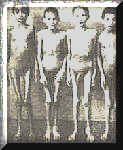 |
|
|
| Himmler finally gave up and
liquidated the extermination camp, after the fall of Hitler. Remains
of crematoriums, gas chambers, and barracks are still there now.
Sobibor was advanced because, it had about 3 camps inside it. The
areas were called: The Administrative area, the Reception area, and the
Extermination area. |
|
| Finally the day arrived. Tension
grew among those who were playing a role in the uprising was high on
October13th. |
|
| ''Sobibor was a terrifying place''
said a Sobibor survivor. The Sobibor memorial w3as placed on a
mound somewhere next to a remaining ruin of a crematorium.
Survivors still remember because they have markings that are numbers on
their forearms, the markings are permanent. |
|
| Sobibor was the 4th harshest place
of the death camps. |





